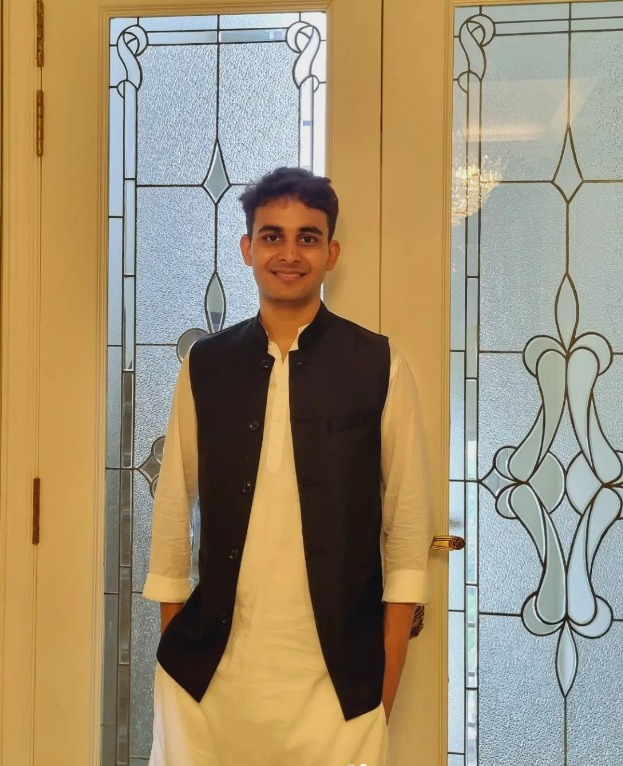Research Paper
Datasets
Datasets containing solar images
Near-Earth Interplanetary Coronal Mass Ejections (ICMEs) Catalog
This dataset explores the dynamic realm of space weather with our comprehensive catalog of Near-Earth ICMEs. This dataset spans from 1996 to 2023 and is meticulously curated by Ian Richardson and Hilary Cane, offering a detailed glimpse into the interplanetary manifestations of coronal mass ejections observed near the Sun.
LinkSOHO LASCO CME CATALOG - CDAW DATA CENTER
The SOHO LASCO CME (Coronal Mass Ejection) Catalog provides information on solar eruptions observed by the LASCO (Large Angle and Spectrometric Coronagraph) instrument on the Solar and Heliospheric Observatory (SOHO) spacecraft. The catalog is organized by year and month, allowing users to click on specific months to access the list of CMEs for that period. The data includes details such as the date and time of the CME, central position angle, angular width, linear speed, acceleration, mass, kinetic energy, and more
LinkSolar Flare - UCI Machine Learning Repository
The Solar Flare Database, contributed by Gary Bradshaw in March 1989, classifies instances based on features of active sun regions, reflecting different solar flare occurrences within a 24-hour period. With 13 attributes, including modified Zurich class and spot characteristics, the dataset predicts C-class, M-class, and X-class solar flares for the next 24 hours. It is divided into two sections, with flare.data2 being more reliable. Notably, it lacks missing values, has undergone error correction, and is used in diverse analyses. Available under a Creative Commons Attribution 4.0 International license, it can be accessed on the UCI Machine Learning Repository with a DOI of 10.24432/C5530G.
Watch Now
Happy Clients
Projects
Hours Of Support
Call To Action
Solar storms and flares pose significant challenges to our technological infrastructure and everyday lives. At SolarAI, we're dedicated to harnessing the power of technology to detect, predict, and mitigate the effects of solar disturbances. Our mission is clear: safeguarding our world against the impact of solar phenomena. Individuals, organizations, and communities each have a role to play in building resilience against solar disruptions. By joining hands, we can create a more prepared and resilient society in the face of space weather challenges.
Call To ActionYoutube Talks
Youtube talks happening on the domain "Solarflares and Solarstorms" within & outside the country.
Could Solar Storms Destroy Civilization? Solar Flares & Coronal Mass Ejections
The sun. Smooth and round and peaceful. Except when it suddenly vomits radiation and plasma in random directions. These solar flares and coronal mass ejections, or CMEs can hit earth and have serious consequences for humanity. How exactly do they work, how bad could they be and can we prepare for them?
Watch NowWhat If a Massive Solar Storm Hit the Earth?
Bursts of solar flares from the Sun’s surface look spectacular, but they can pose a danger to us here on Earth. If one was to hit us hard enough, it would knock our entire planet into darkness. Wait, what? How can the Sun do that to us from a distance of 150 million km away? What does it have to do with frying up our satellites?
Watch NowComing Massive Solar Storm Threat: NASA Raises Alarm About Earth's Fate
Recently there was an unusual solar storm, forming a colossal fire canyon on the Sun's surface. NASA's Solar Dynamics Observatory showed a vivid animation of this huge ejection of charged plasma. These solar winds, traveling at an astounding speed of 600 kilometers per second [372 miles per second], traversed the vast expanse of space and collided with Earth's magnetosphere on August 9, 2022, igniting a breathtaking display of auroras that adorned the skies from Maine to New York. However, amidst the splendor lies a warning. Scientists say this time we were just lucky - if a more powerful solar storm hit the Earth, instead of a brilliant celestial show, it could have ended in disaster
Watch NowOrganisations
SolarAI is dedicated to collaboration. We recognize the immense value of partnerships with NGOs working tirelessly to address impact of solarflares and solarstorms. Your passion and dedication inspire us.
Join us in our mission to harness the power of AI and ML to make a profound impact on the world's most pressing health and environmental challenges. Together, we can create a resilient, healthier future for all. Let's combine our strengths and expertise to drive change that truly matters. Contact us today to explore how we can work together for a better tomorrow.
Research Reports & News-Articles
Stay at the forefront of the battle against climate-induced health crises through our curated collection of research reports and news articles. Here, knowledge meets action, empowering you with the latest insights and developments in the field.
Cconferences And Workshops
At SolarAI, we believe in the power of collaboration and knowledge exchange. That’s why we actively organize and participate in conferences and workshops focused on climate-induced health crises and the transformative potential of AI and ML technologies.
Our Team
At SolarAI, our team is comprised of passionate individuals driven by a shared vision: to revolutionize solar physics through the power of artificial intelligence and cutting-edge technology. We bring together a diverse group of experts, each contributing unique skills and knowledge to propel our mission forward.
Meet the faces behind SolarAI – a team driven by a shared vision, backed by expertise, and fueled by passion.

Vedansh Maheshwari
BTech-2nd Year
Sunainha Vijay
BTech-2nd Year
Dyuthi Ramesh
BTech-2nd Year
Shayan Azmi
BTech-2nd YearContact
Have questions, ideas, or collaboration proposals? We would love to hear from you! At SolarAI, we value open communication and welcome inquiries from individuals, organizations, and communities passionate about addressing climate-induced health crises through AI and ML solutions.
Location:
RV University, Bengaluru
Email:
teamsolarai@gmail.com
Call:
+91 6392999187
Open Hours:
Mon-Fri : 11AM - 6PM
